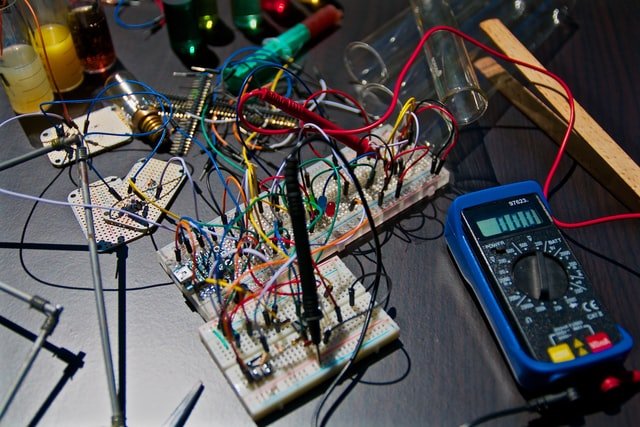RECTILINEAR PROPAGATION AND REFLECTION AT PLANE SURFACES. INTRODUCTION
Objects that produce their own light are known as luminous objects i.e. the sun, torch lamps etc. objects that do not produce their own light are called non-luminous objects i.e. the moon. Opaque objects are those which do not allow light to pass through them. Translucent materials are those which allow light to pass through […]
RECTILINEAR PROPAGATION AND REFLECTION AT PLANE SURFACES. INTRODUCTION Read More »
